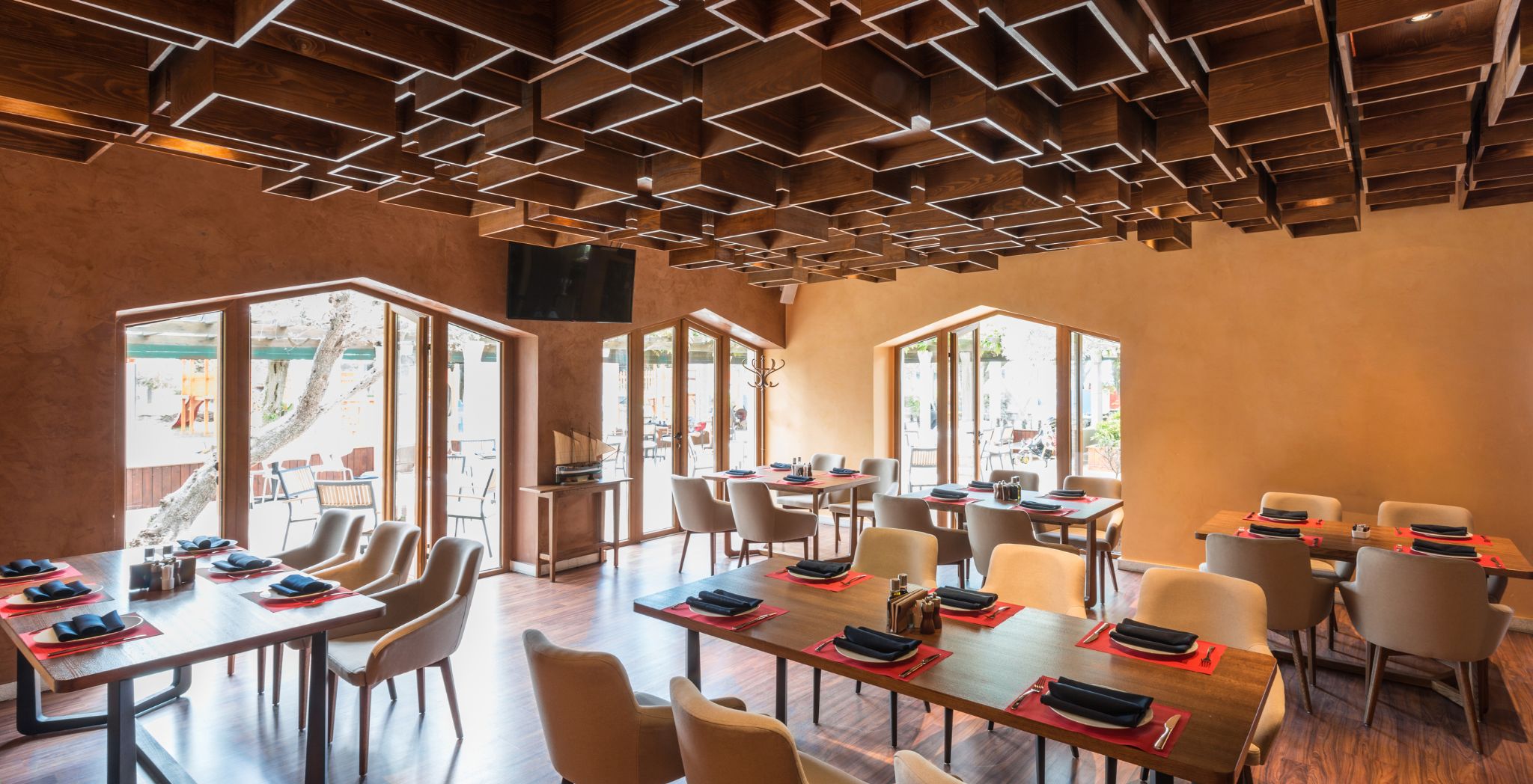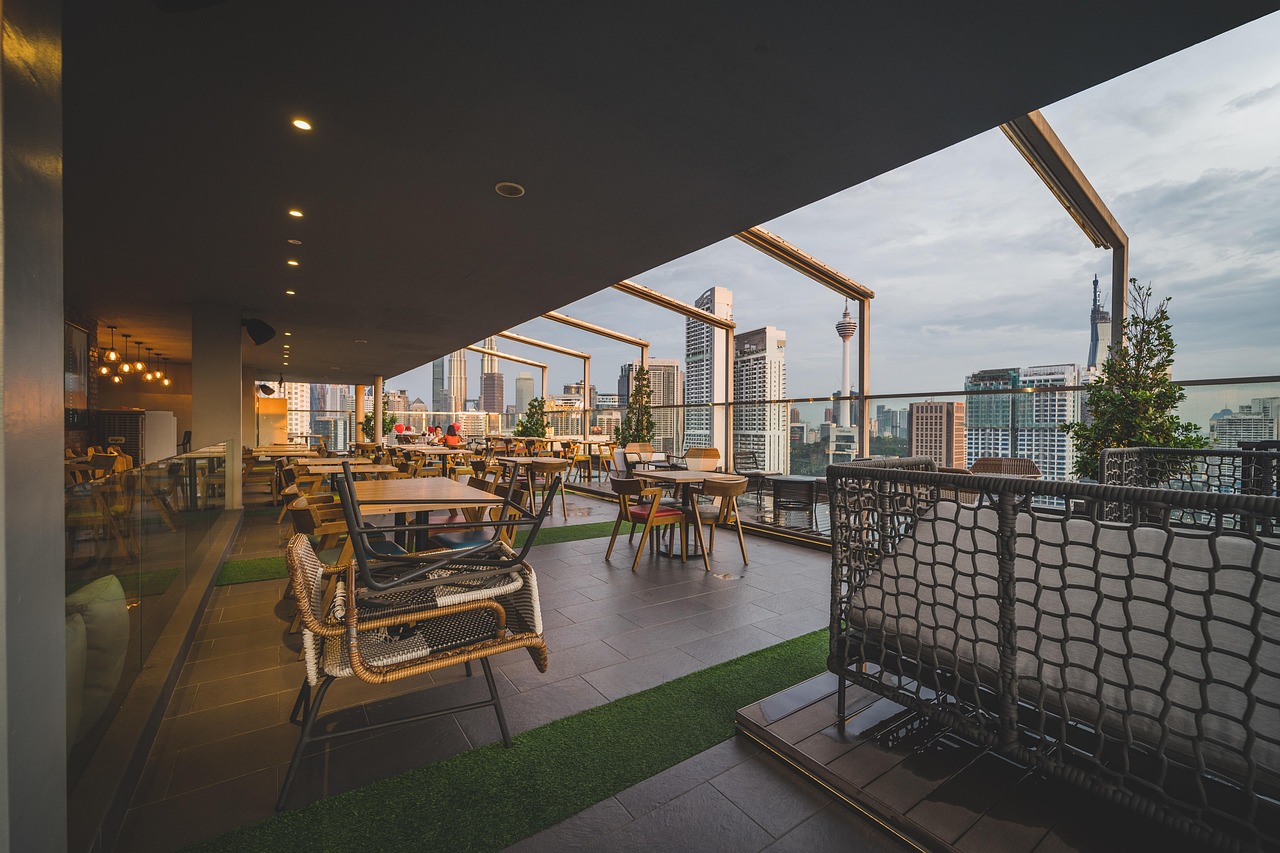In today’s highly competitive accommodation market, a hotel’s visual identity is not just a question of taste—it’s a strategic business decision. For boutique hotels, modern establishments, and classic heritage accommodations alike, the furniture you select will define guest perception, enhance the ambience, and become a physical expression of your brand promise.
How to Select Hotel Furniture That Matches Your Brand Identity
At Elegant Hotel Furniture, we believe that thoughtfully selected furniture transforms mere interiors into immersive, memorable environments. This article explores how to create a signature look by aligning your furniture with your hotel’s brand identity—whether boutique, modern, or classic. We’ll explore colour palettes, theming, materials, layout flow, and the role of customization in crafting a consistent, refined style that resonates with guests and elevates your property’s reputation.
1. Why Brand Identity Matters in Hotel Furniture Selection
Your furniture choices should do more than fill a room—they should tell a story. Brand identity is the emotional and visual signature of your hotel. It informs how guests feel when they walk in, the tone of their stay, and whether they’ll recommend you to others.
- First impressions: Guests form judgments in the first few minutes, based heavily on visual elements like lobby furniture, colour tones, and layout cohesion.
- Emotional impact: Thoughtful furniture evokes a sense of luxury, intimacy, energy, or tranquillity—depending on your desired effect.
- Brand recall: Signature design features help guests remember and describe your hotel easily to others, especially in social media posts or reviews.
Hotels that align every design element with a clear identity stand out and are more likely to attract repeat business, glowing reviews, and higher occupancy rates.
2. Boutique vs. Modern vs. Classic: Choosing a Style That Fits
A. Boutique Hotels: Curated, Artistic, Personal
Boutique hotels thrive on charm, uniqueness, and storytelling. Your furniture choices here should express individuality, artistic flair, and intimate scale.
- Furniture Style: Mix-and-match pieces, vintage accents, sculptural chairs, and artisan-crafted items. Avoid mass-produced uniformity.
- Materials: Warm woods, raw linen, leather, brass finishes, rattan, and eclectic ceramics.
- Design Focus: Unexpected combinations—like an antique armoire beside a mid-century modern desk—give the space personality.
- Emotional Tone: Personal, intimate, local, and expressive.
Tip: Boutique guests seek authenticity. Use custom upholstered seating, reclaimed timber tables, or hand-finished cabinets to showcase craftsmanship and local influence.
B. Modern Hotels: Minimalist, Sleek, Contemporary
Modern properties demand clean lines, efficiency, and technological integration. The goal is to provide understated luxury with comfort.
- Furniture Style: Geometric forms, modular pieces, minimalist seating, low-profile beds, and multi-functional furniture.
- Materials: Polished metals, engineered timber, matte finishes, tempered glass, and performance fabrics.
- Design Focus: Space optimisation, symmetry, open sightlines, and subtle lighting integration.
- Emotional Tone: Smart, stylish, professional, and calming.
Tip: Keep a neutral base colour palette (greys, whites, taupe) and inject subtle pops of brand colours (navy, terracotta, emerald) via accent chairs or ottomans.
C. Classic Hotels: Timeless, Refined, Grand
Classic hotels draw on history and sophistication. Furniture in these settings should reflect grandeur, tradition, and a sense of permanence.
- Furniture Style: Wingback chairs, roll-arm sofas, detailed headboards, fluted legs, and elegant console tables.
- Materials: Solid hardwoods, high-end leather, marble tops, rich fabrics like velvet and brocade.
- Design Focus: Symmetry, proportion, and layering of textures. Chandeliers, mouldings, and rugs enhance the sense of luxury.
- Emotional Tone: Elegant, luxurious, romantic, and confident.
Tip: Invest in signature statement pieces—such as a velvet settee in the reception lounge or a carved writing desk in each guestroom—that anchor your aesthetic.
3. Colour Palettes: Harmonising Your Brand’s Visual Language
Colour is one of the strongest subconscious cues in branding. Your chosen palette will influence the guest’s perception before they even sit down.
How to Use Colour Intentionally:
- Boutique Hotels: Use deep jewel tones (teal, amethyst), warm neutrals (clay, sand), and unexpected contrasts. This adds drama and intimacy.
- Modern Hotels: Stick to monochromatic palettes (charcoal, graphite, cream), with accent hues in cushions, side chairs or artwork.
- Classic Hotels: Favour stately palettes like navy and ivory, olive and gold, or burgundy and walnut. These reinforce timelessness and trust.
Consistency Across Spaces:
Ensure that the bedroom suites, public areas, dining rooms, and even outdoor lounges share visual threads in tone and material. This creates a seamless guest experience and strengthens your brand identity.
4. Theming and Storytelling Through Design
A theme isn’t a gimmick—it’s a strategic device for reinforcing your positioning.
Creating Thematic Consistency:
- Local Inspiration: Use locally-sourced materials or regional art to reflect place and culture.
- Design Era Reference: Drawing inspiration from Art Deco, Hamptons Coastal, Mid-Century, or French Provincial styles adds elegance and context.
- Room Naming & Storyboarding: Extend the theme through naming (e.g., “The Conservatory Suite”), printed menus, and in-room guest guides.
Furniture That Supports Storytelling:
- A weathered timber table can evoke heritage.
- A suspended glass console may suggest innovation.
- A velvet banquette could hint at romance or theatre.
Tip: Partner with design-forward manufacturers like Elegant Hotel Furniture, who understand how to translate brand stories into practical, elegant pieces.
5. Customisation: Crafting a Truly Signature Look
Off-the-shelf is rarely sufficient for a hotel seeking a bespoke look. Customisation allows you to express your brand in ways no mass-produced catalogue can match.
What Can Be Customised?
- Upholstery Colours and Fabrics: Match your logo colours or create harmony with your interiors.
- Dimensions: Adjust table heights, bench widths, or sofa depths to suit your spaces.
- Materials: Choose from teak, oak, aluminium, glass, stone, or custom metalwork.
- Logos & Branding: Emboss logos into leather seating, etch into timber, or print discreetly on throw cushions.
- Furniture Layouts: Modular seating for lounges, custom-sized desks for guestrooms, or purpose-built bar counters.
Tip: Elegant Hotel Furniture offers custom design consultations where your brand goals are translated into cohesive furniture solutions—functionally tailored and aesthetically precise.
6. Aligning Furniture Selection with Guest Demographics
Design for your audience, not just yourself. Your furniture must appeal to the emotional and physical needs of your target guest.
Examples:
- Young travellers and couples (Boutique): Artistic elements, intimate corners, statement lounges for Instagram appeal.
- Corporate guests (Modern): Streamlined work desks, ergonomic chairs, clean surfaces, subtle design details.
- Older or luxury travellers (Classic): High-seated armchairs, plush bedding, accessible storage, sense of grandeur.
Knowing your guest persona allows for furniture that enhances both utility and appeal.
7. Signature Pieces That Anchor Identity
Just like a fashion brand has a signature handbag, your hotel should have 1–3 hero pieces that stand out and become part of your identity.
Hero Furniture Examples:
- Boutique: An oversized velvet sofa in a bold hue; a circular lobby bench beneath a central pendant.
- Modern: A suspended reception counter; sculptural chairs with LED backlighting.
- Classic: A marble fireplace seating area; carved canopy bed with matching bedside tables.
Make these pieces photogenic and memorable—they will feature in guests’ social media and your own branding material.
8. Durability and Maintenance: Long-Term Brand Integrity
Even the most beautiful furniture must withstand commercial use. Wear and tear affect perception over time.
What to Prioritise:
- Commercial-grade fabrics: Stain-resistant, abrasion-tested, easy to clean.
- Frame strength: Mortise-and-tenon joints, kiln-dried hardwoods, marine-grade metals.
- Surface coatings: UV-resistant, water-repellent, anti-scratch lacquer finishes.
At Elegant Hotel Furniture, we prioritise both form and function—ensuring each piece remains a proud part of your brand for years.
9. Procurement Tips: Bringing Your Vision to Life
Step-by-Step Plan:
- Clarify Your Brand Positioning
Define what you stand for: Modern efficiency? Boutique artistry? Classic luxury? - Create a Mood Board
Use Pinterest or Canva to collate imagery that reflects your ideal visual style. - Consult a Furniture Specialist
Elegant Hotel Furniture’s team works with you to select or custom-create ideal pieces. - Prototype & Sample
Request a sample of upholstery, fabric swatches, or scale mock-ups for review. - Order in Phases
Begin with key areas like the lobby and suites, before progressing to dining and outdoor zones. - Quality Control and Installation
Ensure all products are checked pre-delivery and installed with care to maintain brand consistency.
10. Why Partner with Elegant Hotel Furniture
We specialise in high-quality, customisable hotel furniture that reflects your identity. Whether you’re launching a new boutique concept, refreshing a modern business hotel, or restoring a classic heritage property, we help you express your signature style with distinction.
Our Promise:
- Tailored design guidance
- Commercial-grade durability
- Stylish, brand-consistent collections
- Access to customisation options unavailable from standard suppliers
With Elegant Hotel Furniture, you’re not just buying products—you’re creating a branded guest experience.
Conclusion: Furniture That Speaks Your Brand
Your furniture is the visual and tactile expression of your brand values. It influences everything from your pricing perception to your guest reviews. A cohesive, beautiful, and functional environment elevates your hotel above the ordinary.
By aligning your furniture with your brand—whether boutique, modern, or classic—you shape a signature experience guests will remember, share, and return to.
Let Elegant Hotel Furniture help you create that look—distinct, intentional, and unforgettable.












